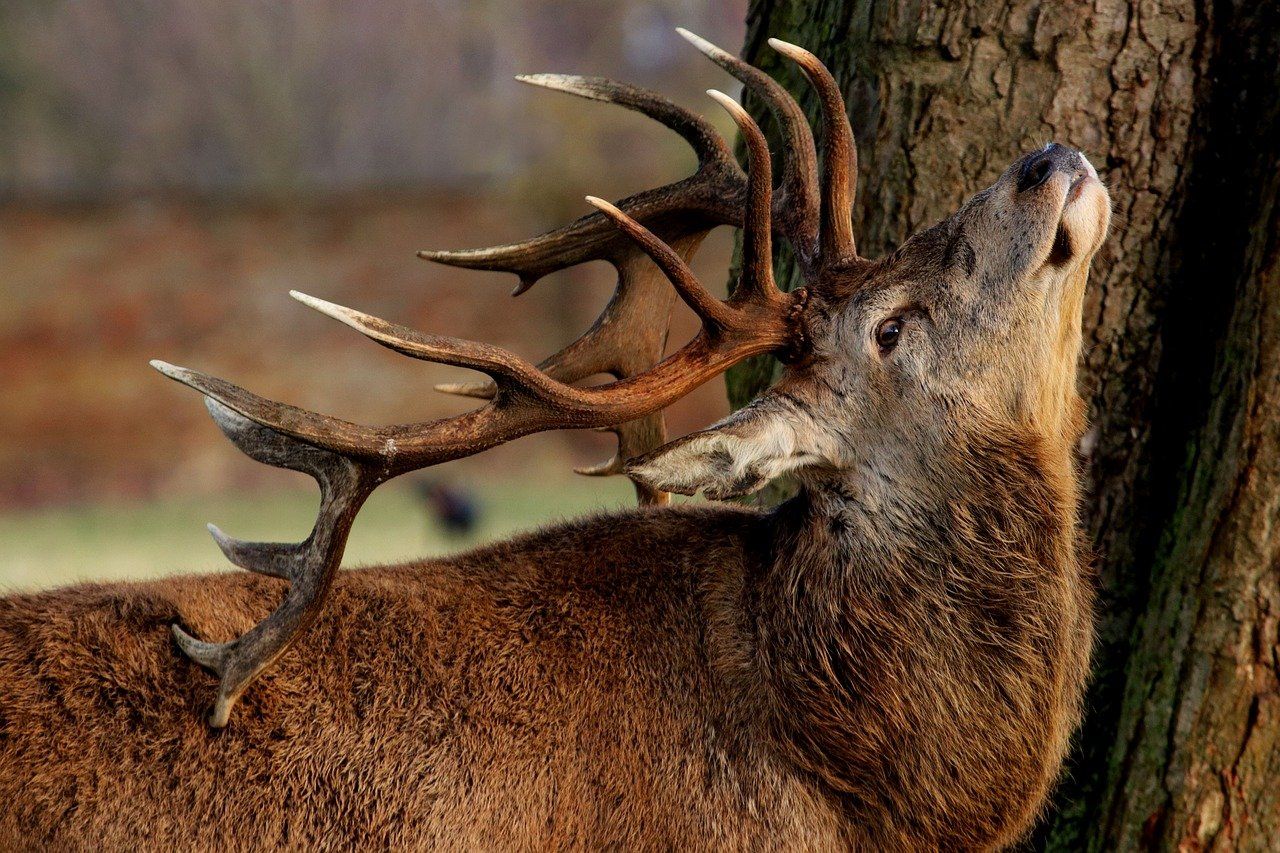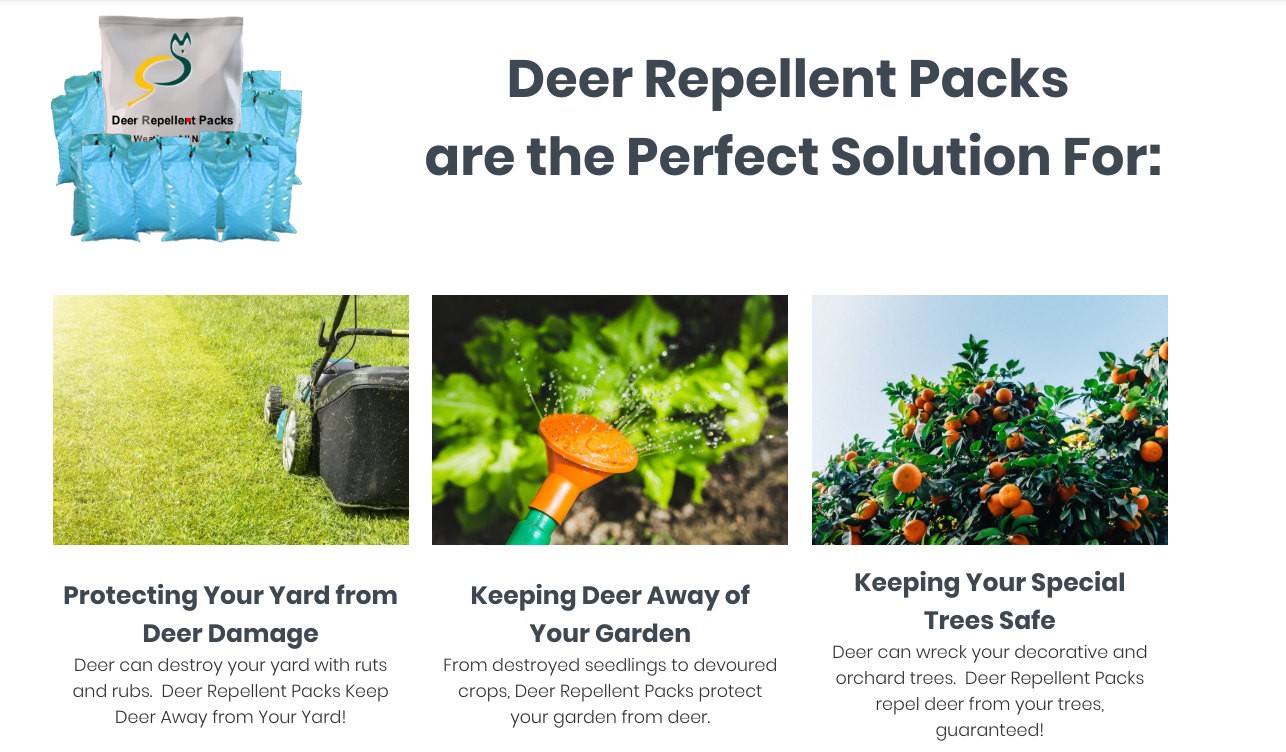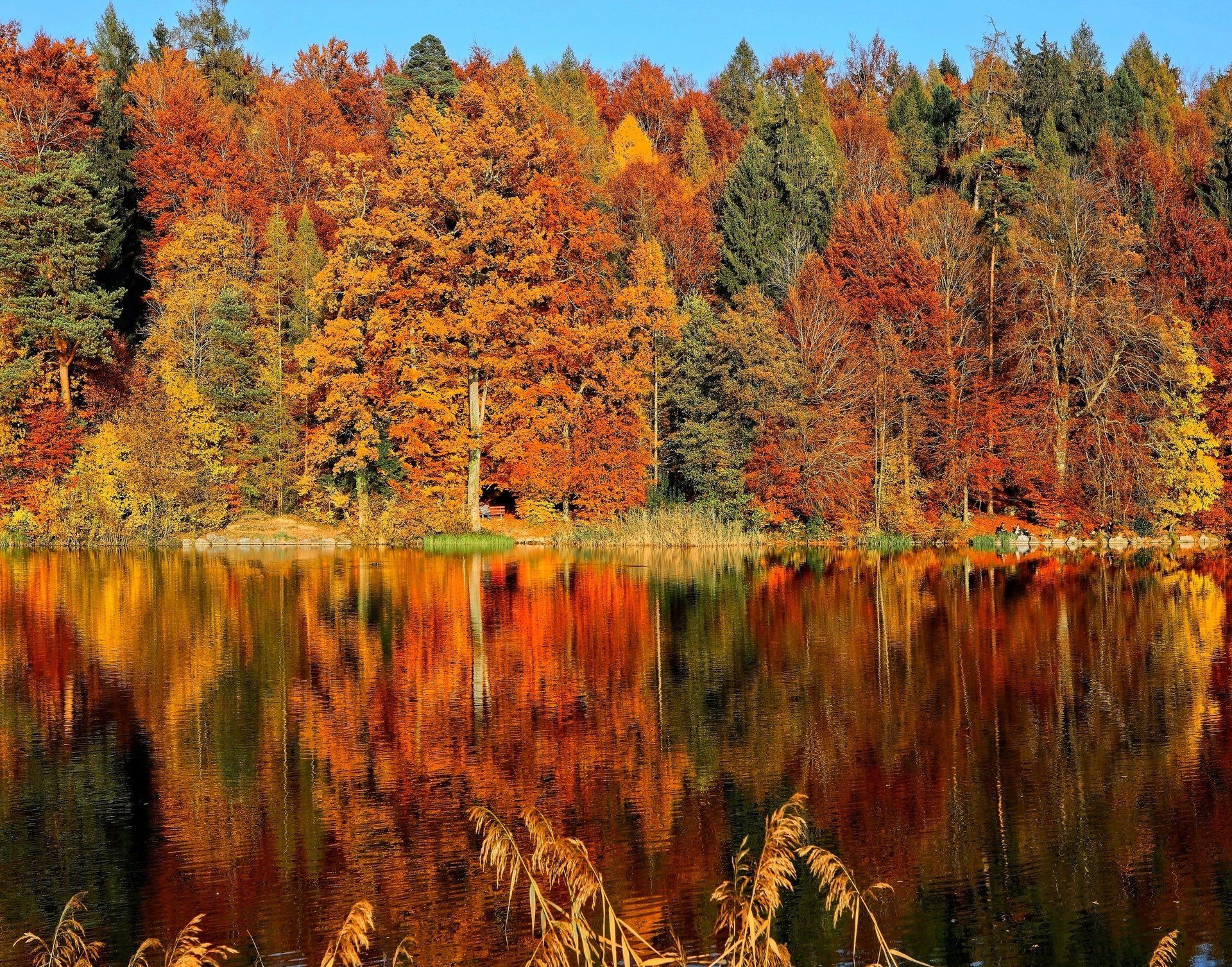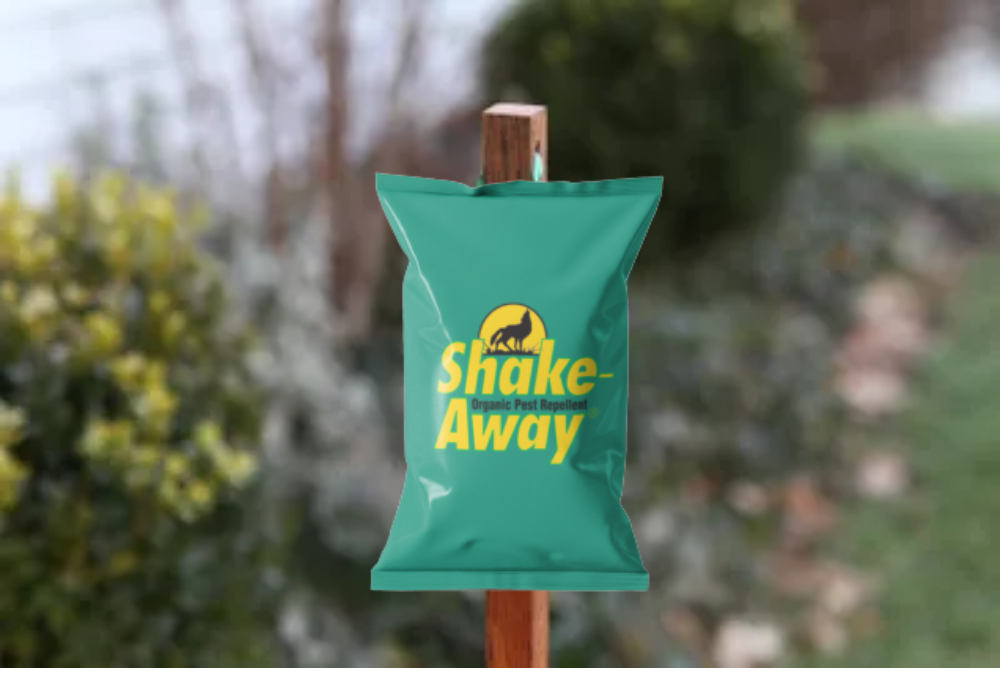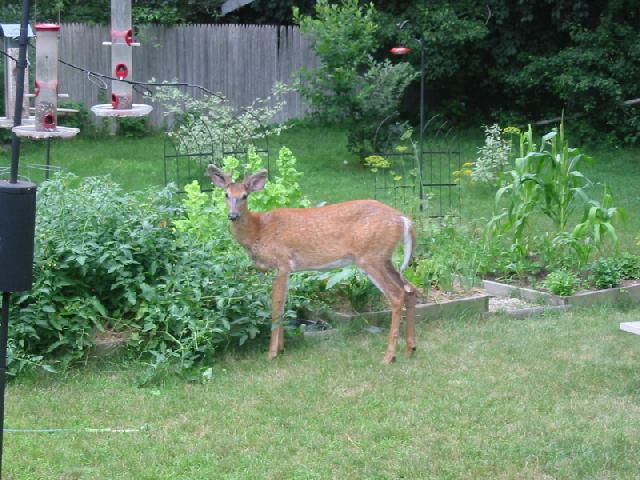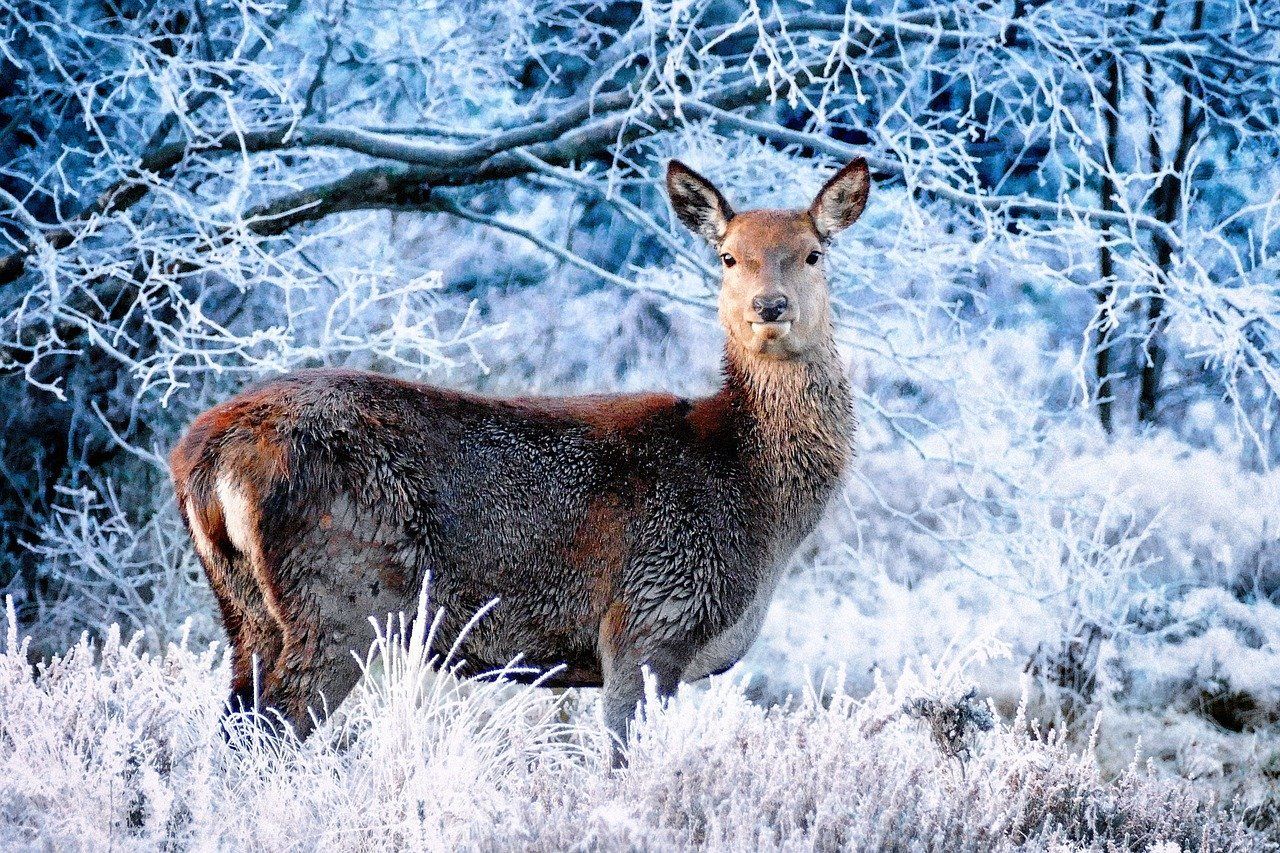What is Deer Rut and How Does It Impact Your Property?
Deer rut can mean increased deer incursions and damage to your lawn and garden
While well-versed hunters are likely to know about deer rut, many homeowners do not. This yearly event in the deer’s life cycle comes with a variety of changes in behavior that can lead to an increased presence of deer, especially bucks, on your property.
Triggered by the shortening hours of sunlight in the day, the deer rut is a hormonal process wherein white-tail bucks’ behavior is emboldened by a drive to find mates. Most ruts last seven to ten days and begin in late October lasting into early November, depending on the territory in which the deer reside. The most obvious sign that the rut has begun in your area is the sighting of bucks in fields during broad daylight hours - If you spot any bucks while out on an afternoon drive, it is best to be prepared for the following effects on your property.
Increased grazing in new areas - During the rut, bucks are on a constant search for a mating opportunity, leading them into new territories and across areas in which they may not ever cross otherwise. Given the increased travel and constant vigilance, the appetite of white-tail bucks also increases, and as they traverse new land, they will graze on this new land as well. Without preventative measures, plants, bird feeders, and trees that are otherwise untouched during the year may be grazed upon by the deer.
Increased aggression - While displays of dominance by white-tails are commonplace throughout the year, the need for bucks to assert their dominance during the rut is heightened. While this does increase the risk for you and your family to be confronted by a buck seeking to prove its dominance, the risk more dramatically rises for family pets, especially dogs, as they are likely to stand up against the challenging buck.
Flea and tick exposure - Another threat that may apply less to human family members than your beloved pet, the risk of being exposed to deer-hosted insects is heightened again during this period of the year. Oh top of the risk of Lyme disease carried by ticks that tag along on white-tails, many deer also carry deer keds and deer flies, both of which have been reported to occasionally bite humans and dogs. While with proper treatment, many of these bugs bear no long-term effects, the cost of treatment and general nuisance of exposure to them merits avoidance.
Other potential issues that can be caused by the deer rut may include the nuisance of auditory conflict between deer. While each buck is seeking mates on his own, often times the bucks will gather with each other near a group of grazing does. Given that the bucks are all in a heightened competition with one another, the sound of grunting deer and antlers clashing near your home may become commonplace. Increased doe presence during the rut may lead to many of the same issues, as groups of doe move from feeding place to feeding place while avoiding the courting bucks. While less aggressive than the bucks, does will also be feeding in excess to prepare for carrying a fawn, putting susceptible landscaping at risk of consumption.

